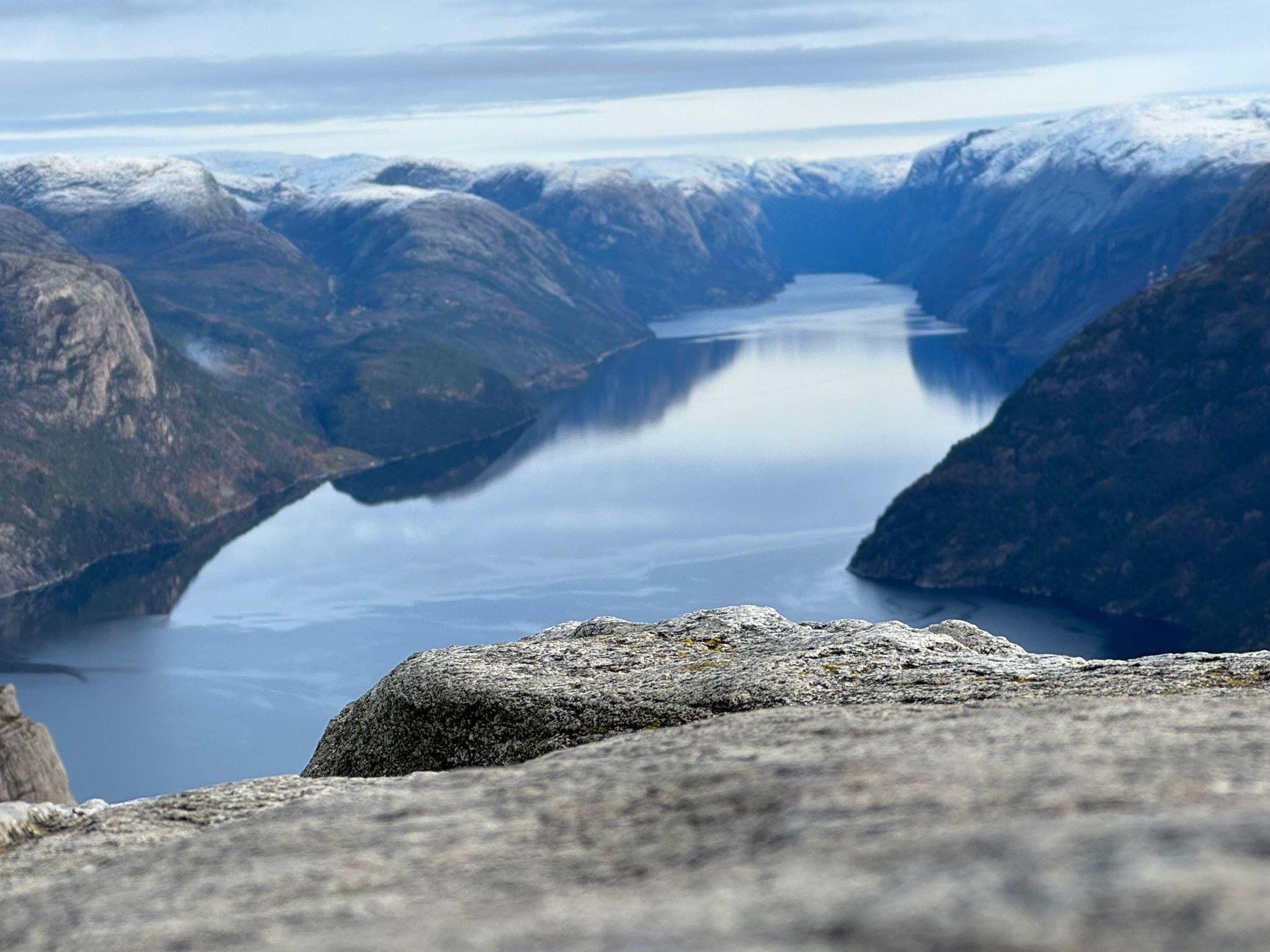Sounds luxurious, right? Thermal spring water, glacial meltwater, mountain-filtered streams—many cosmetic brands romanticise their water sources, painting dreamy images of mineral-rich beauty flowing straight into your skincare jar.
But here’s the truth: all water used in cosmetics—regardless of source—must be purified - distilled.
🧪 Water in Skincare = Distilled
In cosmetic formulation, water undergoes purification processes like distillation, deionisation, or reverse osmosis to eliminate:
- Minerals
- Microorganisms
- Heavy metals
- Other impurities
So even if the water starts from a thermal spring or glacier, it becomes chemically identical to any other purified water used in skincare. The source may sound poetic, but once processed, it’s simply H₂O.
💸 It’s a Not a Performance Ingredient
To be clear—water plays an important role in skincare. It acts as a solvent and helps deliver active ingredients. But a “fancy” source doesn’t make the water more effective.
Claims like “thermal spring water” are often just part of a storytelling. What actually benefits your skin are the active ingredients, humectants, oils, and extracts—not the origin of the water they’re mixed with.
At Ladanifere, we don’t romanticise our water. If we use it, it’s purified to the same high safety standards used in ethical cosmetic labs. We focus on what truly matters—ingredients that do something for your skin.
👀 Be a Label Detective
Next time a product boasts “thermal spring water” or “glacial water,” ask yourself:
- Is it listed near the top? (Likely yes—it’s just water.)
- Are there real, skin-benefiting actives included?
- Or is the water source just there to sound premium?
Because when it comes to skincare, it’s not the mountain spring story that counts—it’s what’s inside and how well the product is formulated that truly matters.
Stay tuned for the next post in our Myth-Busting Natural Beauty series, where we keep decoding the labels and empowering you to choose better.


